
The Lamiales are an order in the asterid group of dicotyledonous flowering plants. It includes about 23,810 species, 1,059 genera, and is divided into about 24 families. Well-known or economically important members of this order include lavender, lilac, olive, jasmine, the ash tree, teak, snapdragon, sesame, psyllium, garden sage, and a number of table herbs such as mint, basil, and rosemary.
Genus is a taxonomic rank used in the biological classification of living and fossil organisms as well as viruses, in biology. In the hierarchy of biological classification, genus comes above species and below family. In binomial nomenclature, the genus name forms the first part of the binomial species name for each species within the genus.

The Curculionidae are the family of the "true" weevils. They are one of the largest animal families, with 6,800 genera and 83,000 species described worldwide. They are the sister group to the subfamily Brentidae

Sclater's guenon, also known as Sclater's monkey and the Nigerian monkey, is an Old World monkey that was first described by Reginald Innes Pocock in 1904 and named after Philip Sclater. It is an arboreal and diurnal primate that lives in the forests of southern Nigeria. It should not be confused with the closely related species, the white-throated guenon, which occurs in Nigeria and Benin. Sclater's guenon was formerly classified as a subspecies of the red-eared guenon.

The Pyrenean desman is a small semiaquatic, globally threatened mammal related to moles and shrews, and, along with the Russian desman , is one of the two extant members of the tribe Desmanini. The species occurs in north and central parts of Spain and Portugal, French Pyrenees, and Andorra, but severe range contractions have been documented across its geographic distribution.
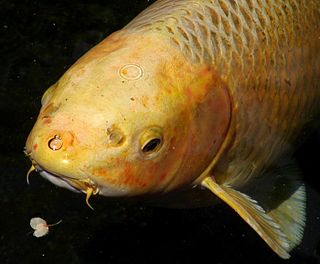
In fish anatomy and turtle anatomy, a barbel is a slender, whiskerlike sensory organ near the mouth. Fish that have barbels include the catfish, the carp, the goatfish, the hagfish, the sturgeon, the zebrafish, the black dragonfish and some species of shark such as the sawshark. Barbels house the taste buds of such fish and are used to search for food in murky water.
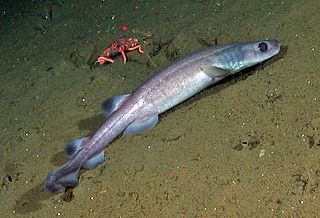
The filetail catshark is an Eastern Pacific endemic deepwater catshark ranging from Oregon to the Gulf of California. Adults are epibenthic and found near areas of rocky vertical relief over soft mud bottoms on the outer continental shelf and upper slope at depths of 91 to 1,251 m, juveniles are mesopelagic, found around 500 m off the bottom in waters over 1,000 m deep. They have been seen at the Lasuen Knoll during ROV expeditions at roughly 300 m deep. Reaches a maximum size of 60 cm TL. An oviparous species, females deposit eggcases throughout the year with concentrated reproductive output July through September. There is no information available on the age and growth, longevity, fecundity, abundance or mortality of this species. It is not targeted by commercial fisheries or utilized for human consumption, but is known to be incidental catch in longline and bottom trawl fisheries, although no specific data is available.

Nelson's collared lemming is a species of rodent in the family Cricetidae.

The Ogilvie Mountains collared lemming is a species of rodents in the family Cricetidae. It is found only in Yukon Territory, Canada. Its natural habitat is tundra.

Zhou's box turtle is a species of turtle in the family Geoemydidae. The species is apparently endemic to China.
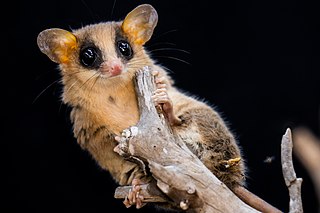
Gracilinanus is a genus of opossum in the family Didelphidae. It was separated from the genus Marmosa in 1989, and has since had the genera Cryptonanus, Chacodelphys, and Hyladelphys removed from it.

Kermadecia is a genus of flowering plants in the family Proteaceae. The genus comprises five species, all endemic to New Caledonia. Its closest relatives are Sleumerodendron and Turrillia, of which the species have once been placed in Kermadecia.
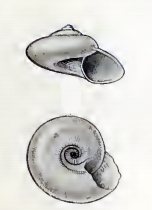
Solariellidae is a family of small sea snails, marine gastropod mollusks in the superfamily Trochoidea.
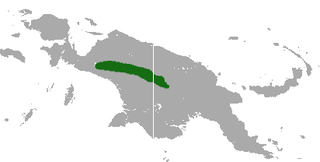
Seri's tree-kangaroo is a species of tree-kangaroo native and endemic to montane forests of west-central New Guinea. Seri's tree-kangaroo was originally considered to be a subspecies of Dendrolagus dorianus, but was elevated to species in 2005 by Groves.
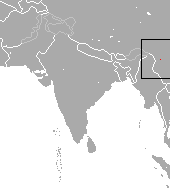
The pygmy brown-toothed shrew is a species of shrew in the order Eulipotyphla. It is distributed in China. C. parva was initially thought to be the same as Chodsigoa lamula, but it was found to be a separate species.
The Indonesian speckled catshark is a species of catshark in the genus Halaelurus. It is a tropical catshark found in the Pacific Ocean. It was named by W. T. White, P. R. Last, and J. D. Stevens in 2007. Male Halaelurus maculosus can reach a maximum length of 45.7 centimetres (18.0 in), while females can reach a maximum length of 52.8 centimetres (20.8 in). Catsharks in this species are occasionally caught by demersal fisheries.
Culex perfuscus is the only Culex species mosquito currently implicated as a possible vector of Zika virus. The species type was described in 1914 from Port Herald, Nyasaland by entomologist Frederick Wallace Edwards.














